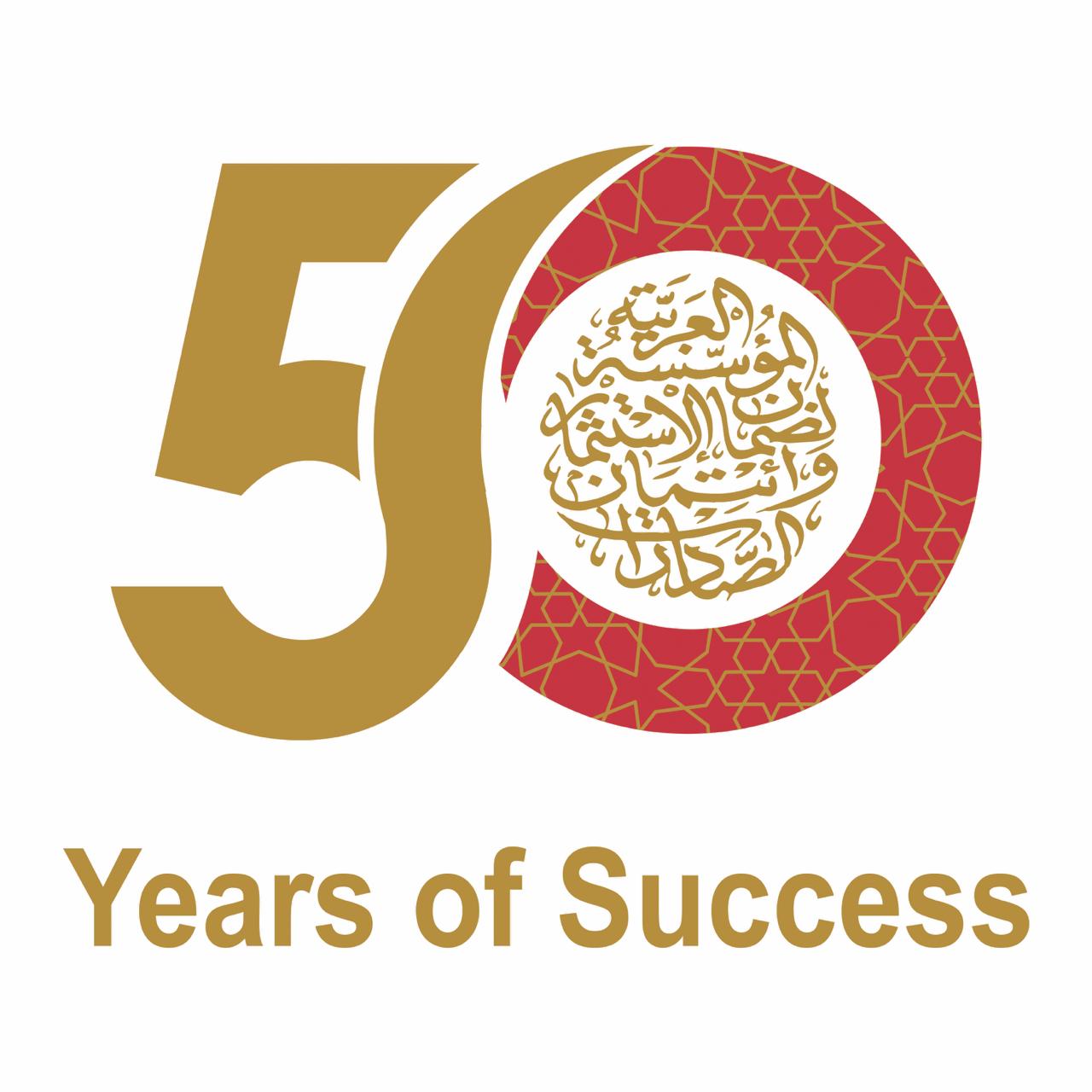home / News & Media / Dhaman Publish its Second Quarterly Bulletin “Dhaman Al-Istithmar” #2-2022
The Arab Investment & Export Credit Guarantee Corporation (Dhaman) revealed the recovery of Arab merchandise trade during 2021, buoyed by the improvement of the epidemiological situation in the region, return of economic activities, easing of movements restrictions on goods and rise in the value of Arab exports, especially oil, as well as average oil price surge up to $67.3 a barrel during the same year.
Arab merchandise trade grew by 31.6% to exceed two trillion US dollars during 2021 as a result of export growth by 42.4% to $1.2 trillion and import growth by 19.8% to $897 billion, it made up around 4.6% of global merchandise trade and roughly 10.8% of overall merchandise trade in developing countries. As for merchandise distribution, primary materials, with all their types, still constitute the lion’s share of total Arab merchandise exports by over 72%, as fuel exports alone accounted for roughly 56% of the total. Comparatively, manufactured goods constituted the largest share of total merchandise imports by 64.2% during 2021, according to the release.
The geographical concentration continued, with five Arab countries contributing over 77% of the region’s total exports, while five countries constituted around 72% of overall merchandise imports. Only two countries: the UAE and Saudi Arabia, had 56.2% of Arab merchandise trade for the same year.
Regarding trade partners, the top 10 exporting countries to the region had roughly 61.2% of Arab total merchandise imports, while the top 10 importing countries from the region constituted 56.4% of its overall merchandise exports.
Concerning inter-Arab merchandise trade, it edged up by 27% to hit $358 billion during 2021, making up 17.4% of total Arab merchandise trade, with Gulf Cooperation Council (GCC) countries and Egypt having a combined share of 84% of the total.
However, Arab goods and services trade is likely to keep growing by 31.6% to hit $3 trillion during 2022, based on International Monetary Fund (IMF) estimates, buoyed by the expected record growth of exports, particularly fuel exports, coupled with the anticipated growth of world trade during the same year, in spite of expectations of continued impacts on global supply chains due to the Russian-Ukrainian war, China-Taiwan escalation and other consequences, compared with successive hikes in the prices of basic commodities, particularly energy and foodstuff, according to the bulletin.
In this regard, “Dhaman” called for continued moves at the countries and region’s levels to diversify exports and mitigating their geographic concentration on a limited number of exporting countries and markets. It also underlined that it would maintain its policy of stepping up efforts to boost the Arab region’s merchandise exports, and strategic and capital goods imports, by offering various insurance services to exporters from the region and financiers of international trade operations in Arab countries with a view to protecting them from potential trade and political risks against their business.
